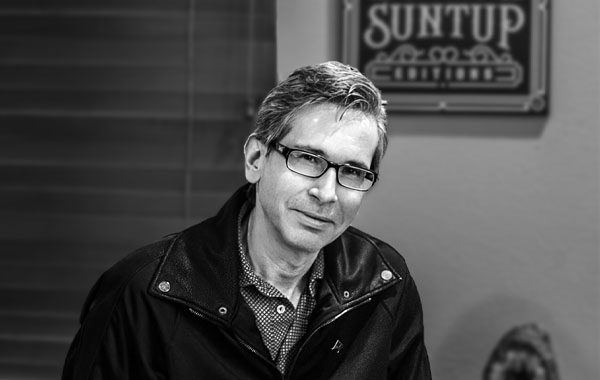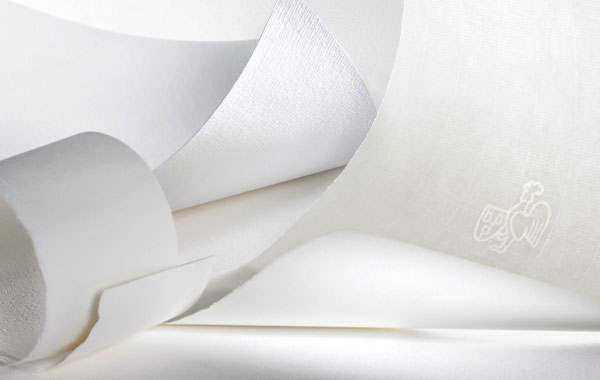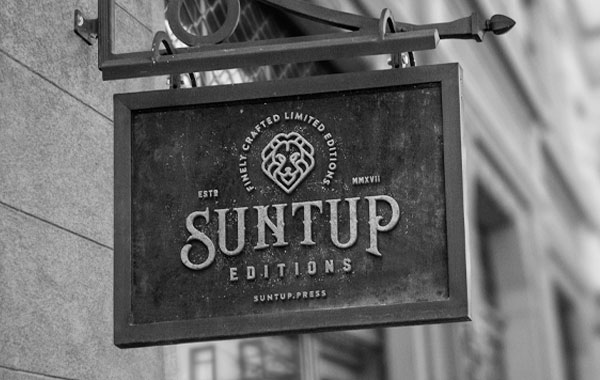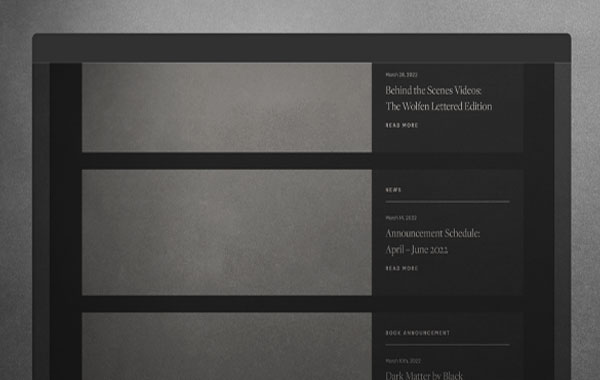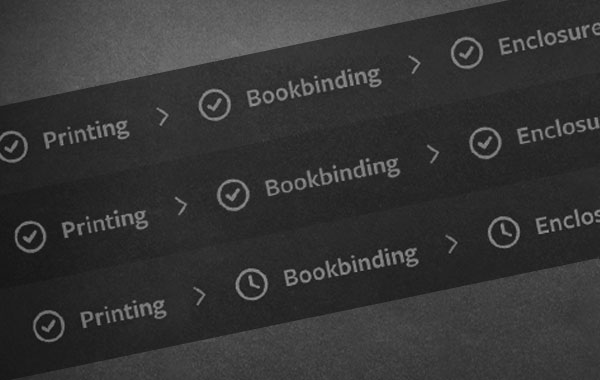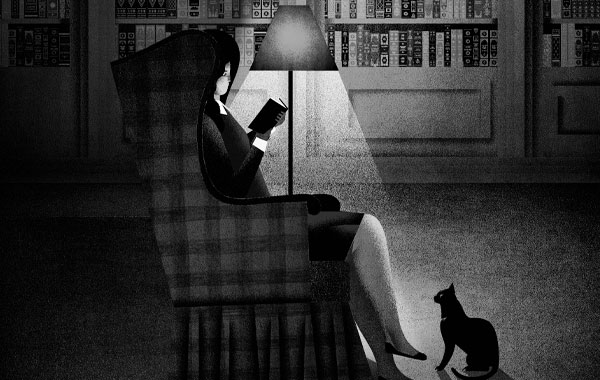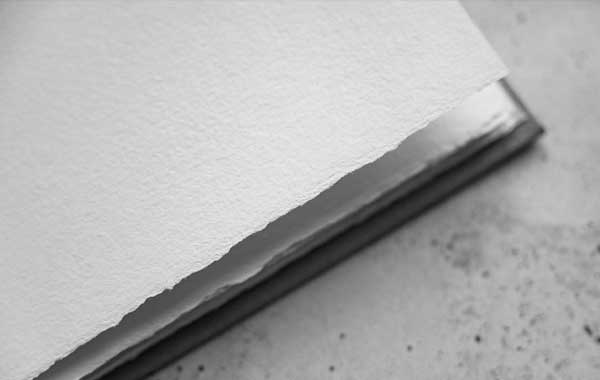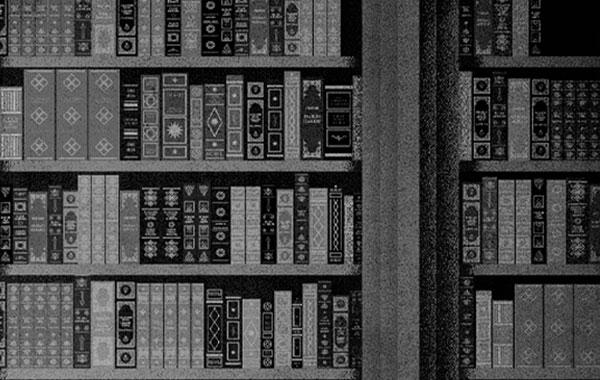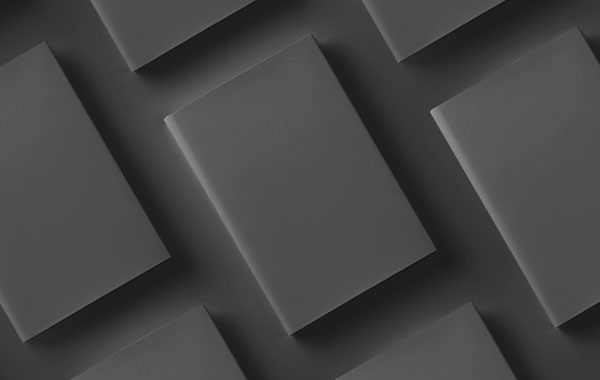About
Our Bookmaking Standards
We seek to continue the great tradition of fine bookmaking through an obsessive focus on the art of the book. We pay close attention to type selection and design, paper and print quality, materials and binding. To achieve our goals, we maintain certain standards for bookmaking.
Printing
Our editions are printed either by letterpress or offset lithography.
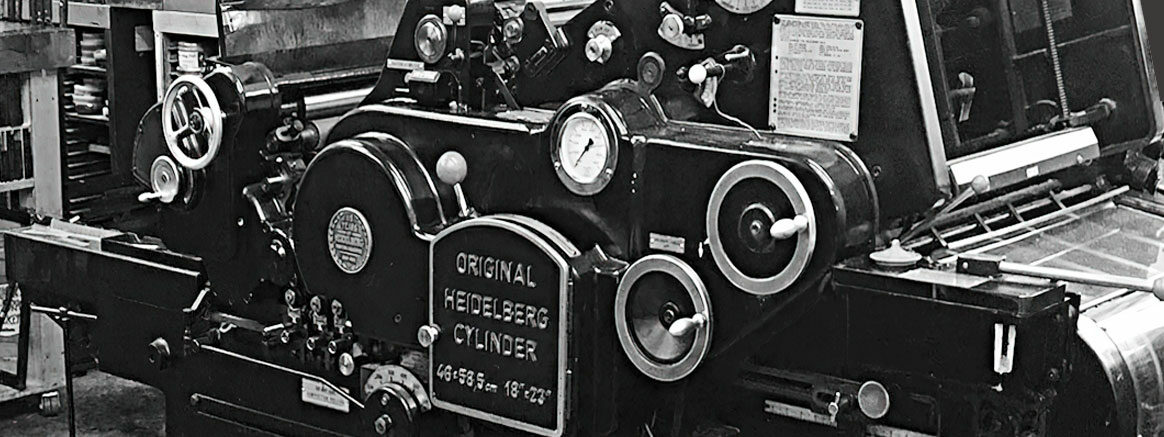
Letterpress
We work with a carefully curated team of letterpress printers who are widely acknowledged experts in fine presswork. They have printed for the Bodleian Library, Columbia University, Princeton University, The Grolier Club, The Pennyroyal Caxton Press, The Book Club of California, Boston Athenæum, David R. Godine, and Oak Knoll Press to name a few.
We print primarily on a Heidelberg Cylinder, and have also printed with a Vandercook and a Nebiolo. Most of our editions are printed with polymer plates, and some titles are printed with hot metal or foundry type.
Offset Lithography
When letterpress proves unsuitable for the edition and its printing requirements, we print using high quality sheet-fed offset lithography, the respected standard of print production for the past several decades. All works are printed on acid free archival paper using the tools of our time in history. We use long-established companies who print for the most demanding clients. Our offset printers specialize in fine art and museum printing, and have produced work for The Metropolitan Museum of Art, the Grolier Club, the Whitney Museum of American Art and Harvard Art Museums, to name a few.
Paper
We use only premium archival papers for our editions.
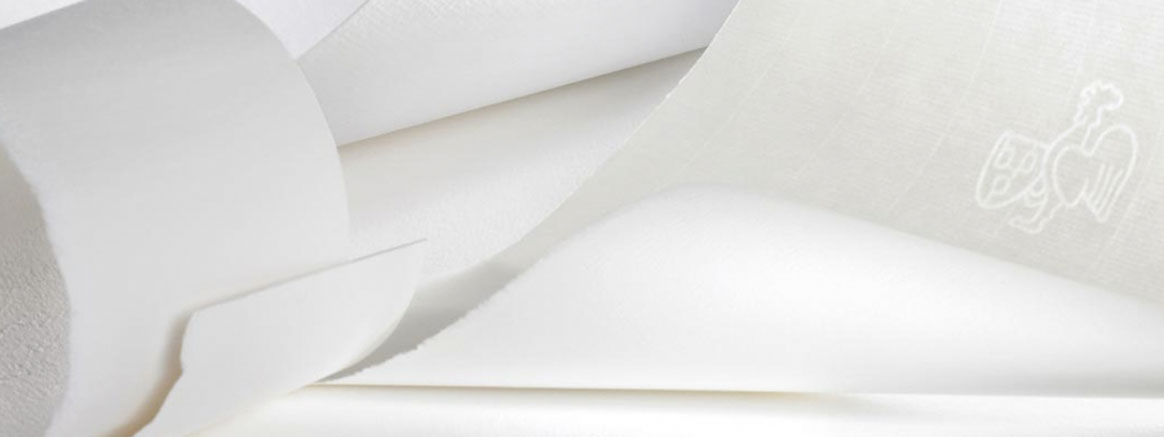
Machine-Made Paper
When printing on machine-made papers, we do not use inexpensive commercial papers which are typically supplied in large rolls. We print on flat sheets and will always use premium archival papers. Our machine-made papers include select lines from Mohawk, which are some of the finest papers in the world. These include Superfine and Via. We also print on papers produced by Domtar, using their Cougar brand.
Mouldmade and Cotton Paper
When it comes to mouldmade papers, we source from world-renowned mills who produce some of the most sumptuous and desirable papers available today. These include Somerset® from St. Cuthbert’s Mill in the U.K., Rives® and Arches® from the mills in France, Hahnemühle from Germany, and prior to the closure of the Zerkall mill, several of our editions were printed on Zerkall. When printing on cotton paper, we typically use either Neenah Cotton of Cranes Lettra which are both produced in the USA.
Handmade Paper
For some of our high-end editions we print on a selection of beautiful and immersive handmade papers. We have printed on Velké Losiny from the Czech Republic; established in the late 16th Century, it is one of the oldest paper mills still operating today, Twinrocker from the USA and Saint-Armand from Canada, both of which are considered some of the finest handmade papers. We have also used Cave paper and Hook Pottery Paper from the USA, primarily for bookbinding.
Book Design
Award winning fine press designers.
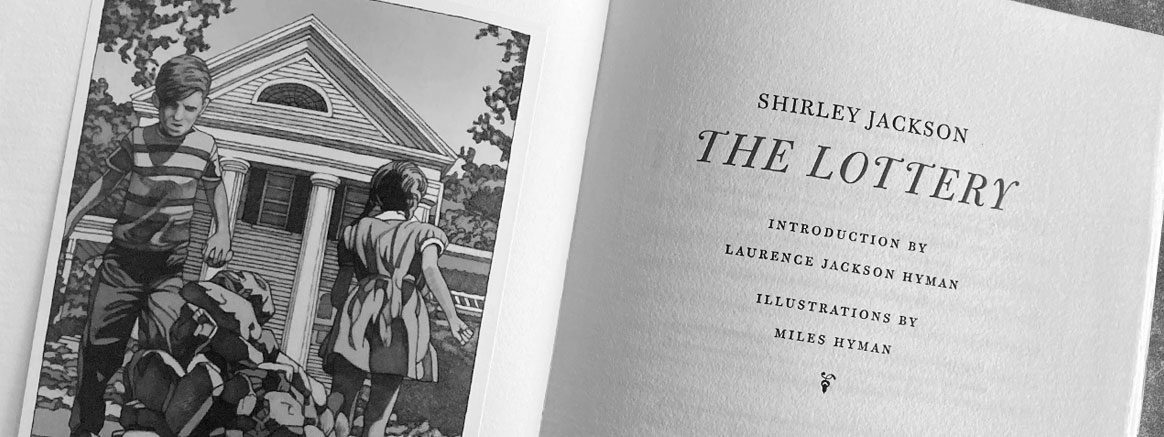
We care a great deal about type and its arrangement on the page. From our very first publication, we have collaborated with some of the best fine press book designers and typographers. Widely acknowledged as experts in typography and book design, our designers have won awards for their work, and have written books on the subject of type and design. They have studied and worked with some of the great practitioners in the field, and have dedicated their careers to creating beautifully designed books in the fine press tradition.
Bookbinding
Our bookbinding methods include both hand binding as well as machine binding.
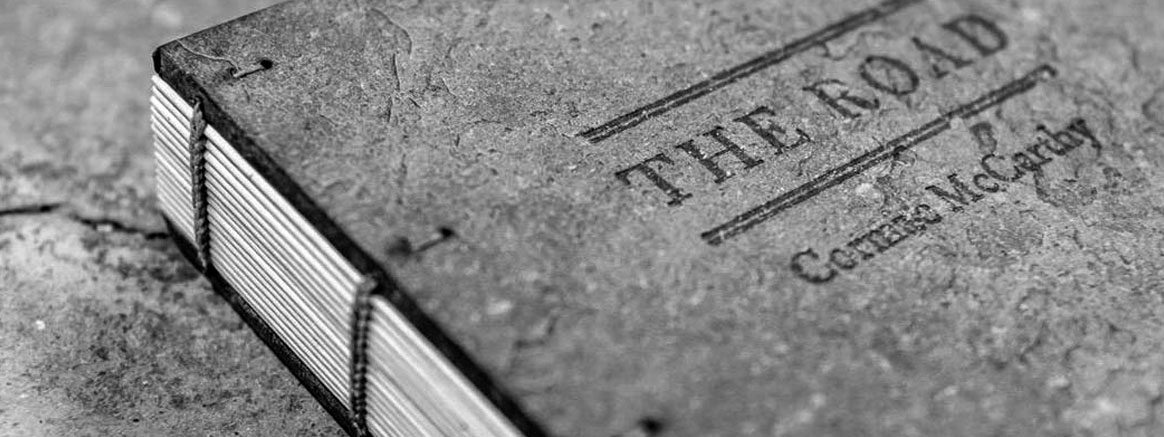
Sewn Bindings
All of our books are sewn bindings. This means that the individual signatures of the edition are stitched together which enhances the durability and longevity of the book.
Hand Bookbinding
Aside from several early Numbered editions, all of our Numbered, Lettered & Roman Numeral editions are bound by hand, either in-house or through a collaboration with a carefully selected group of artisan bookbinders.
The Suntup Editions Bindery
As a way to control the quality and turnaround times of our books, we established our own in-house bookbindery in September 2023. The Suntup Editions bindery is situated in a 5,200 square foot facility and comprises a skilled team of bookmakers with decades of experience. The bindery was formed as part of our commitment to producing the best quality books that we can. Bookmaking is an error-ridden art, but with our own hand bindery we are able to control the quality and reduce the occurrence of imperfections and defects.
Machine Bookbinding
Almost all of our Artist and Classic editions are machine bound due to the higher print runs. It has been challenging to source machine binders in the USA who meet our quality standards, but we now work with a select group of binderies who we have a proven track record with and who produce machine bound books which meet our quality standards.
Materials
We use the finest materials in our editions.
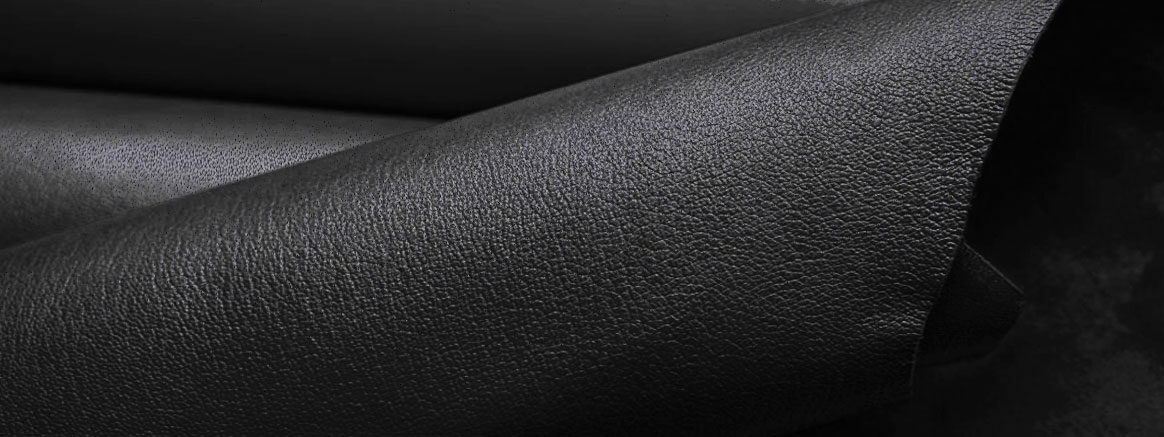
During our binding design phase, we select from some of the finest bookmaking materials available today. The materials used in our editions include Japanese and European bookcloth, ethically and sustainably sourced leathers, hand marbled & paste papers, and many other types of materials.
Our goatskins are sourced from some of the finer leather suppliers including Harmatan and Oakridge, J Hewit & Sons, Siegel Leather, Alran Tannery and Remy Carriat Tannerie to name a few. For vellum bindings, we have sourced from the highly regarded tanneries of Pergamena and William Cowley. Every element of a binding and enclosure is carefully considered when crafting our editions.
A General Note on Quality
“In order to go on living, one must try to escape the death involved in perfectionism.”
—Hannah Arendt
As book lovers; people who appreciate the art of the book and its inherent beauty, we tend to have high expectations. We want our book to be perfect in every way. At Suntup Editions, we understand this because we began as book collectors and as readers before becoming a publisher.
No matter the price of the book, and no matter how much effort we put toward producing quality editions, working with only the best bookbinders and printers in the business, defects and imperfections can and do happen. That is a reality. When you are dealing with a physical object which comes into contact with human or machine, things can happen.
Aside from a very robust proofreading process, we also have certain quality controls in place. However, we are not able to inspect every page of every copy of every edition, or every inch of every cover of every copy of every edition for a defect or imperfection. But when something goes wrong, we do all that we can to make it right.
If you have a quality concern about a book you have received, simply contact us and we will resolve it for you. We will do our best to make sure you are happy with your purchase, and also assist in identifying whether the imperfection is a genuine defect or something which is an expected part of the material; or whether it is naturally occurring in the case of a leather-bound book.
